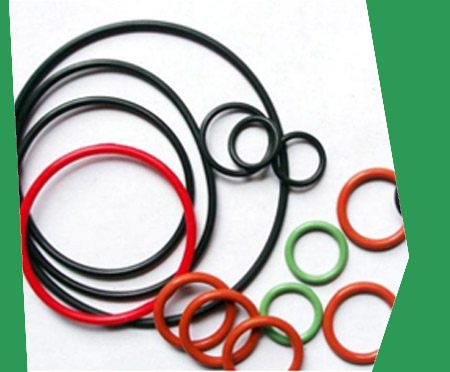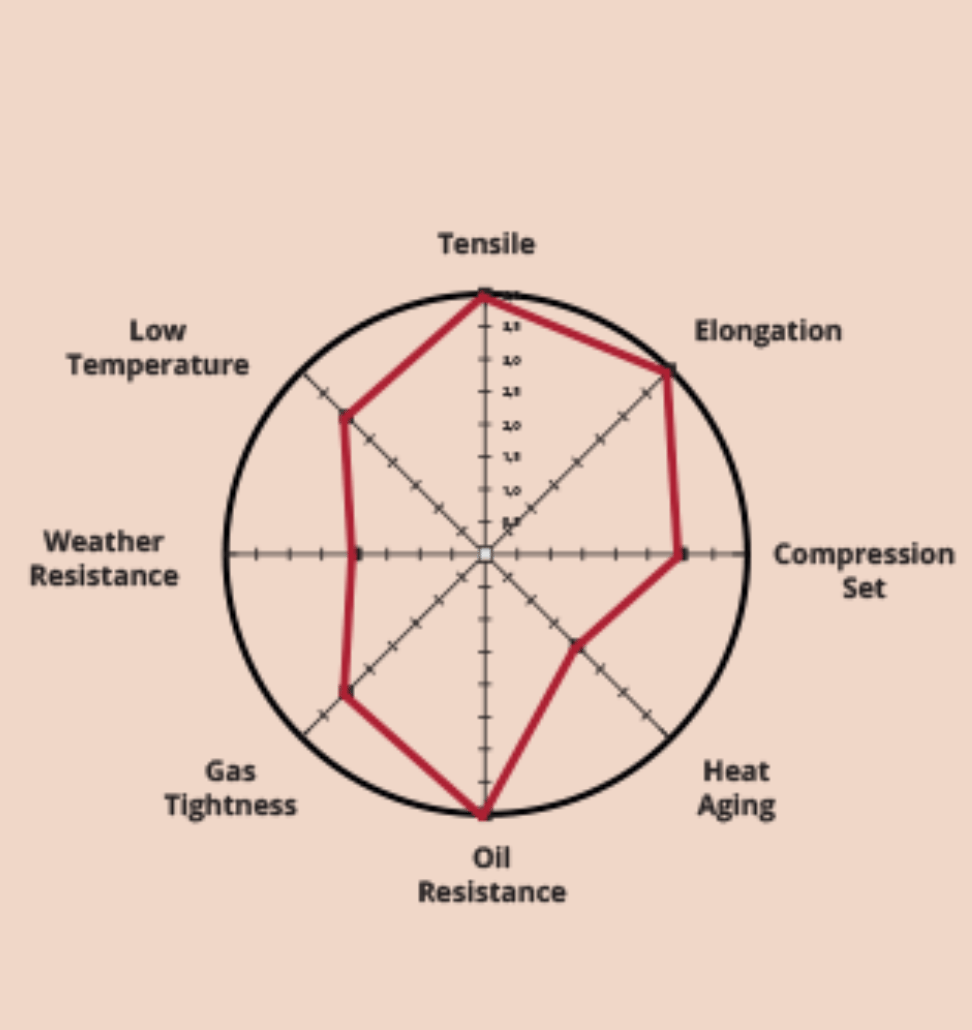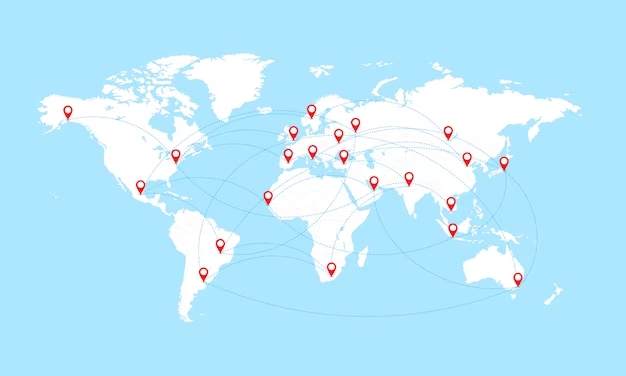
Acrylonitrile Butadiene Rubber (NBR) or Nitrile rubber is one of the most popular compounds for automotive applications. It also is well known as Buna-N. This name came from one of the first base polymers patented in 1934, therefore people commonly use this name for all classes for Nitrile to this day.
NBR is the polymerization of Acrylonitrile (CH2=CHCN) and Butadiene (CH2CH-CH=CH2) into one large multiple-unit chains. The amount of Acrylonitrile is varied to provide different range of oil resistance the base polymer will have. Typical ranges are between 14 to 50 percent acrylonitrile. As the Acrylonitrile increase the polymer will have greater oil and fuel resistance. However, the rubber will have less flex at lower temperature. The final compound will have a higher glass transition temperature.
The Pros And Cons Of Nitrile Rubber, NBR Or Buna-N
Nitrile, Buna-N or NBR rubber is a widely used elastomer, thanks in large part to its highly oil & fuel resistant properties and tensile strength. In this article, Martin’s Rubber Company explains more about the properties, applications, pros and cons of this versatile rubber material. Nitrile rubber is a synthetic rubber copolymer of acrylonitrile (ACN) and butadiene that you may know better under trade names like Nipol, Krynac and Europrene N

NBR rubber properties
Nitrile is a family of unsaturated copolymers of 2-propenenitrile and butadiene monomers (1,2-butadiene and 1,3-butadiene). Its physical and chemical properties vary depending on the polymer’s composition of nitrile. The more nitrile there is within the polymer, the higher its resistance to oils but the lower its flexibility. Nitrile rubber is more resistant than natural rubber to oils and acids, and has superior strength, but suffers from inferior flexibility.
Where is nitrile used?
Nitrile rubber is used in a wide variety of applications, such as O-rings, gaskets, oil seals, automotive transmission belts, hoses, V belts, synthetic leather, disposable non-latex gloves, printer’s form rollers and cable jacketing. NBR latex can also be used in the preparation of adhesives or as a pigment binder.
Pros and cons of Buna-N
Nitrile offers the following advantages:
Nitrile suffers from the following disadvantages:
Excellent abrasion resistance.
Good rebound.
Good tear resistance.
Good non-polar solvent resistance.
Good water resistance.
Good oil resistance.
Cheaper than fluoroelastomers
Poor ozone, sunlight, and weather resistance.
Limited high temperature resistance.
Poor flame resistance.
International Market
- Saudi Arabia, Kuwait, Bahrain , Algeria, Kenya, Tunisia, Angola,Morocco, Senegal, Egypt,Nigeria, Uganda, Libya, Liberia, Swaziland , Switzerland,Vatican City, Iceland, Sweden, Russia, Germany, Poland, Austria, Romania, Spain, Portugal, Hungary, United Kingdom, Denmark,Norway, Netherlands, Italy, Greece etc


Indian Market
Jammu, Kota, Jalandhar, Jabalpur, Mumbai, Hyderabad, Bareilly, Varanasi, Kolhapur, Pune, Vadodara, Kanpur, Tiruchirappalli, Salem, Nashik, Jaipur, Kolkata, Surat, Delhi, Gorakhpur, Kozhikode, Aligarh, Amravati, Ghaziabad, Bhiwandi, Jamshedpur, Bengaluru, Aurangabad, Ahmedabad, Indore, Hubli Dhanbad, Thiruvanathpuram, Guntur,Guwahati,Patna, Nagpur, Warangal, Dhanbad, Faridabad, Belgaum, Dehradun, Madurai, Amritsar, Chennai, Chandigarh,Durg Bhilai, Meerut, Ludhina, Bhubaneswar, Asansol, Solapur, Agra, Rajkot, Coimbatore, Pondicherry, Bikaner, Bhopal, Moradabad, Vijayawada, Mysore, Allahabad, Cuttack, Jamnagar, Vishapatnam, Ranchi, Srinagar, Tiruppur, Lucknow, Mangalore, Jodhpur, Kochi, Gwalior, Raipur.
